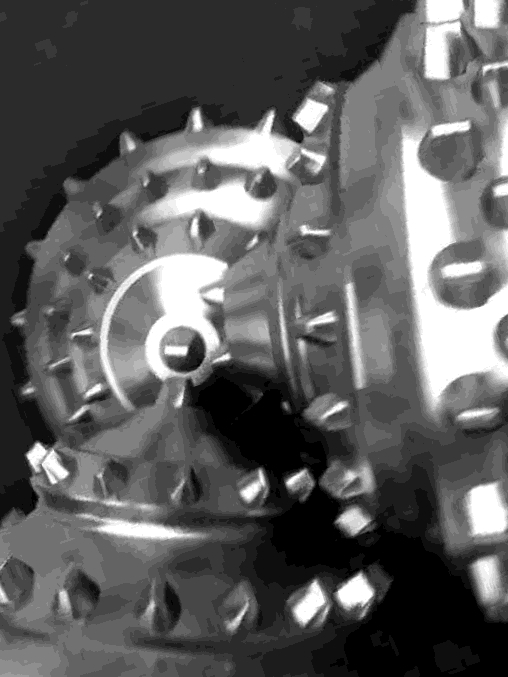Friendlier fracking on the way
 Industrial researchers at CRCMining say they have come up with a safer alternative than gas fracking.
Industrial researchers at CRCMining say they have come up with a safer alternative than gas fracking.
Currently, fracking methods require the high-pressure injection of water, sand and chemicals into geological structures.
CRCMining, the Australian arm of V2H International (which owns the patent), says it is testing its new technology at several sites.
CEO Darren Rice told the ABC how it works.
“It is much more environmentally friendly, it uses about 5 per cent of the amount of water CSG wells need and it is also much cheaper to drill wells this way,” he said.
“Instead of cracking (fracturing) the host rock, as in fracking, we drill directly into the rock using high pressure water.
“Unlike fracking, where you don't actually have control of where the fracked area extends to, with this system we can go down to within 3 inches of where we want to be in a well.
“We can ensure that drilling with this system we never go near a water table or an aquifer.”
Mr Rice said gas could not migrate into water bodies, which could ease concerns about the risks of fracking.
The technique uses horizontal drilling, which has a number of advantages in itself.
“It's called radial drilling, and it effectively turns a vertical well into a horizontal one,” Mr Rice said.
“If you look down [the vertical drill hole] you'll see it's like a pinwheel.
“We can go down that hole and drill out radially, maybe 120 degrees in one direction or the other.
“In Australia there's thousands and thousands of existing wells; we could go back and effectively reopen them with radial drilling.
“We'd produce a lot more oil and gas that way, with a much smaller environmental footprint.
“Radial drilling is the technological breakthrough the oil and gas industry has been waiting for.”
V2H is in talks with a number of Australian gas producers to get the technology off the ground.







 Print
Print